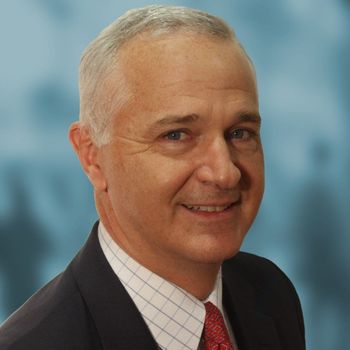
As health systems grow, low-income Medicare patients lose ground, RAND study finds
Key Takeaways
- Health system affiliation led to mixed results, with disparities widening in diabetic eye exams and follow-up visits for dual-eligible patients.
- Dual-eligible patients experienced modest gains in care continuity but faced reduced access to primary care visits post-affiliation.
Consolidation boosts continuity of care but deepens disparities in follow-up and preventive services, researchers report.
A RAND Corporation study published October 23 in
The report suggests that, while consolidation may streamline operations and improve some care continuity, it can simultaneously erode access and equity for patients with higher medical and social needs.
More than 5 million patients studied
The study, led by Justin W. Timbie, Ph.D., analyzed data from more than 5.6 million Medicare beneficiaries treated in 5,005 primary care physician (PCP) organizations between 2013 and 2019, including roughly 700,000 dual-eligible patients.
Using Medicare Provider Enrollment and IRS data, researchers tracked how joining a health system affected quality and utilization across 13 measures of care.
Health system affiliation, defined as ownership or management by a hospital or health system, was linked to mixed results.
Disparities widened in several measures, particularly diabetic eye exams and follow-up visits after acute events, where dual-eligible patients saw a 3.5-percentage-point greater decline compared with non-dual-eligible peers.
These patients already faced major barriers before affiliation, including 13-point lower breast cancer screening rates and nearly six-point lower rates of eye exams.
Continuity improved but primary care access slipped
Not all changes were negative, though.
After joining systems, dual-eligible beneficiaries showed modest relative gains in continuity of care with both individual PCPs and practice organizations, improving by 1.9 and 1.4 percentage points, respectively. Statin prescribing also improved slightly for these patients.
However, access to primary care visits deteriorated.
Following affiliation, dual-eligible patients had 21 fewer visits per 100 beneficiaries than before — a nearly 50% increase in the preexisting gap. Specialist visit disparities remained mostly unchanged.
“Health system affiliation was associated with both wider disparities and a lack of improvement in reducing existing disparities across multiple measures of quality and health care utilization,” the authors wrote. The largest preaffiliation disparities in access and follow-up care were not reduced after joining health systems.
Structure, scheduling and incentives
The study offers several explanations for the widening gaps. Once employed by systems, physicians may have less autonomy over scheduling or referral decisions, with productivity incentives prioritizing volume over complex care.
Centralized scheduling and no-show policies could also make it harder for low-income patients to maintain appointments.
Meanwhile, the improvements in continuity might reflect more standardized patient empanelment and care coordination resources within systems — especially for practices already serving many high-need patients.
Implications for health equity and system design
The authors caution that consolidation alone is unlikely to close equity gaps without deliberate design choices. Health systems, they argue, should identify the high-performing practices within their networks that maintain quality and access for low-income populations and replicate their strategies systemwide.
“Health systems must strengthen their care delivery models to expand access to specialists and avoid exacerbating disparities in follow-up care,” they wrote. “Health systems could identify factors associated with improved care at high-percentage dual [physician organizations] for replication.”
Newsletter
Stay informed and empowered with Medical Economics enewsletter, delivering expert insights, financial strategies, practice management tips and technology trends — tailored for today’s physicians.








